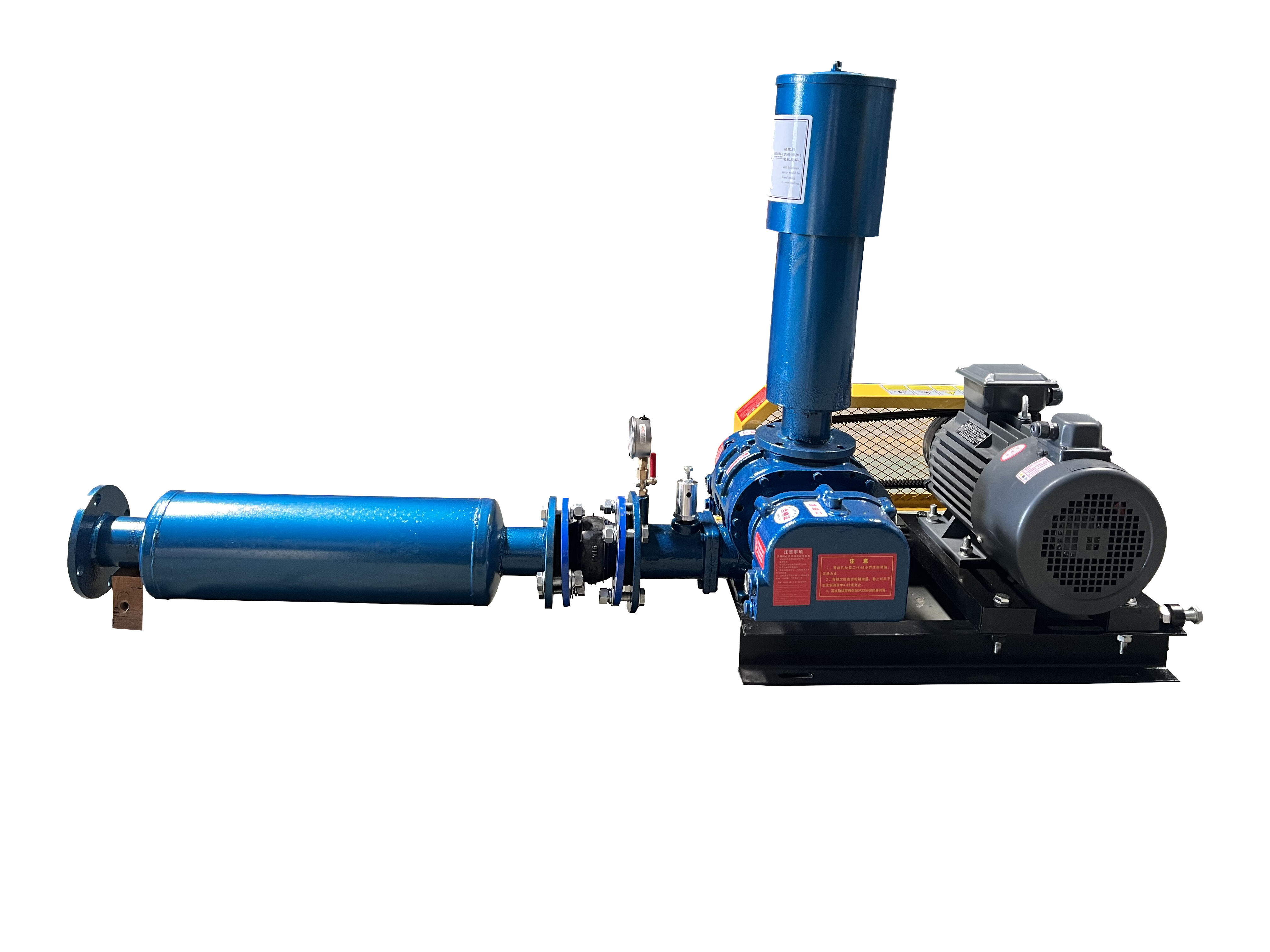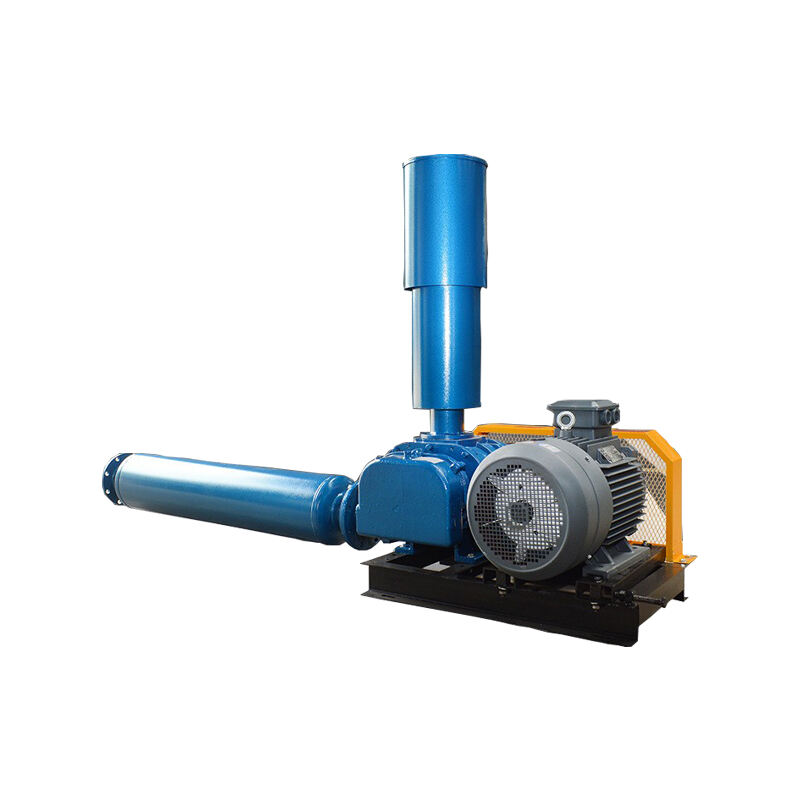Understanding the Impact of Aeration Blowers in Modern Industry
Aeration blowers have become indispensable components in various industrial processes, from wastewater treatment to manufacturing. These sophisticated devices play a crucial role in delivering consistent air flow and maintaining optimal oxygen levels in numerous applications. As industries continue to evolve and environmental standards become more stringent, the significance of efficient aeration systems has grown exponentially.
The fundamental purpose of an aeration blower is to introduce air into a system, creating a controlled environment that supports various biological and chemical processes. This essential equipment has revolutionized multiple sectors by providing reliable, cost-effective solutions for air delivery and process optimization.
Core Advantages of Aeration Blower Systems
Enhanced Process Efficiency
An aeration blower significantly improves operational efficiency across various applications. In wastewater treatment facilities, these systems ensure proper oxygen distribution, accelerating the breakdown of organic matter and supporting beneficial bacterial growth. The consistent air supply maintains optimal conditions for biological processes, resulting in faster treatment cycles and improved output quality.
The precision control offered by modern aeration blowers allows operators to fine-tune air delivery based on specific process requirements. This level of control not only optimizes treatment effectiveness but also prevents issues related to under or over-aeration, which could compromise system performance.
Energy Conservation and Cost Reduction
Modern aeration blowers are designed with energy efficiency in mind, incorporating advanced technologies that minimize power consumption while maintaining optimal performance. The latest models feature variable frequency drives (VFDs) and smart controls that adjust output based on demand, preventing unnecessary energy usage during periods of lower requirement.
The economic benefits of implementing efficient aeration blower systems extend beyond direct energy savings. Reduced maintenance requirements, longer equipment lifespan, and improved process efficiency all contribute to significant cost reductions over time. Many facilities report substantial decreases in operational expenses after upgrading to modern aeration blower systems.

Environmental and Operational Benefits
Reduced Environmental Impact
The environmental advantages of utilizing an aeration blower are substantial. These systems help facilities meet increasingly strict environmental regulations by ensuring proper treatment of waste materials and reducing harmful emissions. The precise control over air delivery helps minimize excess energy consumption, thereby reducing the overall carbon footprint of operations.
Additionally, modern aeration blowers often incorporate noise reduction features, minimizing their impact on surrounding areas. This makes them particularly suitable for facilities located near residential zones or sensitive environmental areas.
Improved Process Control and Reliability
An aeration blower provides consistent and reliable performance, which is crucial for maintaining stable operational conditions. Advanced monitoring and control systems allow operators to track performance metrics in real-time, enabling quick adjustments when necessary. This level of control ensures optimal process conditions are maintained throughout operation.
The reliability of modern aeration blowers also contributes to reduced downtime and maintenance requirements. Built with durable materials and incorporating sophisticated monitoring systems, these units can operate continuously for extended periods while maintaining consistent performance levels.
Technological Advancements and Future Developments
Smart Integration Capabilities
The latest generation of aeration blowers features advanced connectivity options, allowing seamless integration with facility-wide control systems. These smart features enable remote monitoring, automated adjustments, and predictive maintenance capabilities, further enhancing operational efficiency and reducing manual oversight requirements.
The integration of Internet of Things (IoT) technology has revolutionized how aeration blowers operate within larger systems. Real-time data analysis and automated response systems ensure optimal performance while minimizing energy consumption and maintenance needs.
Emerging Technologies and Innovations
Continuous technological advancement in aeration blower design has led to increasingly efficient and capable systems. New materials and manufacturing techniques have resulted in more durable components, while improved aerodynamics have enhanced energy efficiency and performance reliability.
Research and development in this field continue to yield promising innovations, including advanced control algorithms, improved energy recovery systems, and enhanced monitoring capabilities. These developments promise even greater benefits for facilities implementing aeration blower technology in the future.
Frequently Asked Questions
How long does an aeration blower typically last?
A well-maintained aeration blower can operate effectively for 15-20 years or more. Regular maintenance, proper installation, and operating within specified parameters are key factors in maximizing equipment lifespan. Modern units often include monitoring systems that help predict and prevent potential issues before they cause significant damage.
What maintenance does an aeration blower require?
Regular maintenance typically includes filter replacement, bearing lubrication, belt inspection and adjustment (if applicable), and monitoring of operating parameters. The specific maintenance schedule depends on the type of blower, operating conditions, and manufacturer recommendations. Most modern systems include predictive maintenance features that help optimize service intervals.
Can aeration blowers operate in extreme conditions?
Most industrial aeration blowers are designed to operate reliably in a wide range of environmental conditions. However, extreme temperatures, humidity, or dusty environments may require specialized configurations or additional protective measures. Working with experienced suppliers ensures the selection of appropriate equipment for specific operating conditions.

